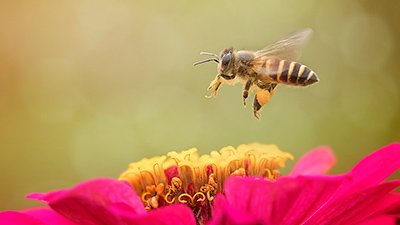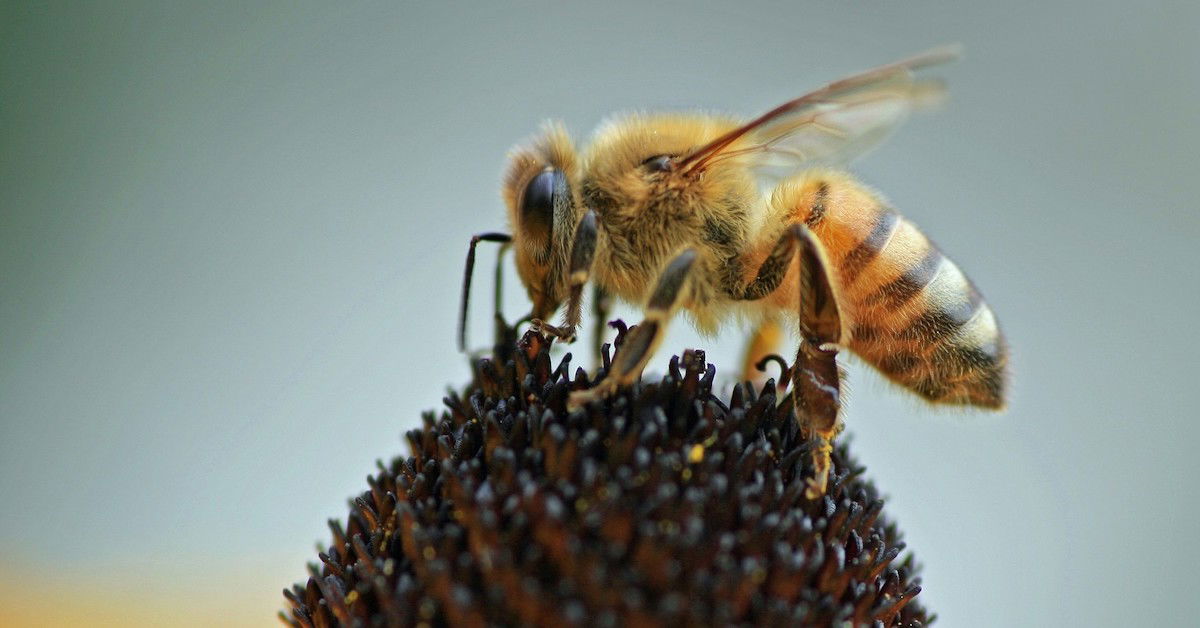Why Do Beestings Hurt?
Photo by Boris Smokrovic on Unsplash
Hi! Welcome back to the Kids Answers magazine blog, where we answer your big questions about God’s Word and God’s world.
Sam (grade 6) asked, “Why do beestings hurt? And what is their venom made of?” Thanks for your questions, Sam.
Before Adam and Eve sinned, all creatures lived together peacefully. But when sin and death entered the world, plants and animals had to protect themselves. Today, a bee will only sting if it feels threatened or when it is protecting its hive.

If you’ve ever been stung by a bee, you know that it can be pretty painful! How can something so small cause so much pain?
When a bee stings, it releases venom through a barbed stinger that sticks into the skin. The venom from a honeybee sting is made mostly of a substance called melittin (MEH-luh-tin). Melittin triggers our pain receptors (nerves that sense damage in our bodies), causing a burning feeling. Your immune system fights back by sending fluids to wash out the harmful melittin. This is what sometimes causes the spot of your beesting to get swollen and red.
Some people are allergic to bee venom. This means their immune system works too hard to fight the melittin and releases a chemical called histamine (HIH-stuh-meen). Histamine can cause symptoms like difficulty breathing, itching, and red spots on the skin. The allergic reaction can be stopped with special allergy medicines. Make sure you tell an adult right away if you get stung by a bee.

Beestings are a painful effect of sin in our world. But if you are a child of God, you can look forward to the day when God will create a new heaven and a new earth. Everything will once again be perfect, and there will be no death, crying, or pain—including beestings (Revelation 21:4).
Do you have a question about God’s Word or his world that you want us to answer? Is there a topic you want to learn more about? Ask your parents to help you submit your question today. We’d love to hear from you!
- © 2024 Answers in Genesis
- Privacy Policy
- Contact
- About
